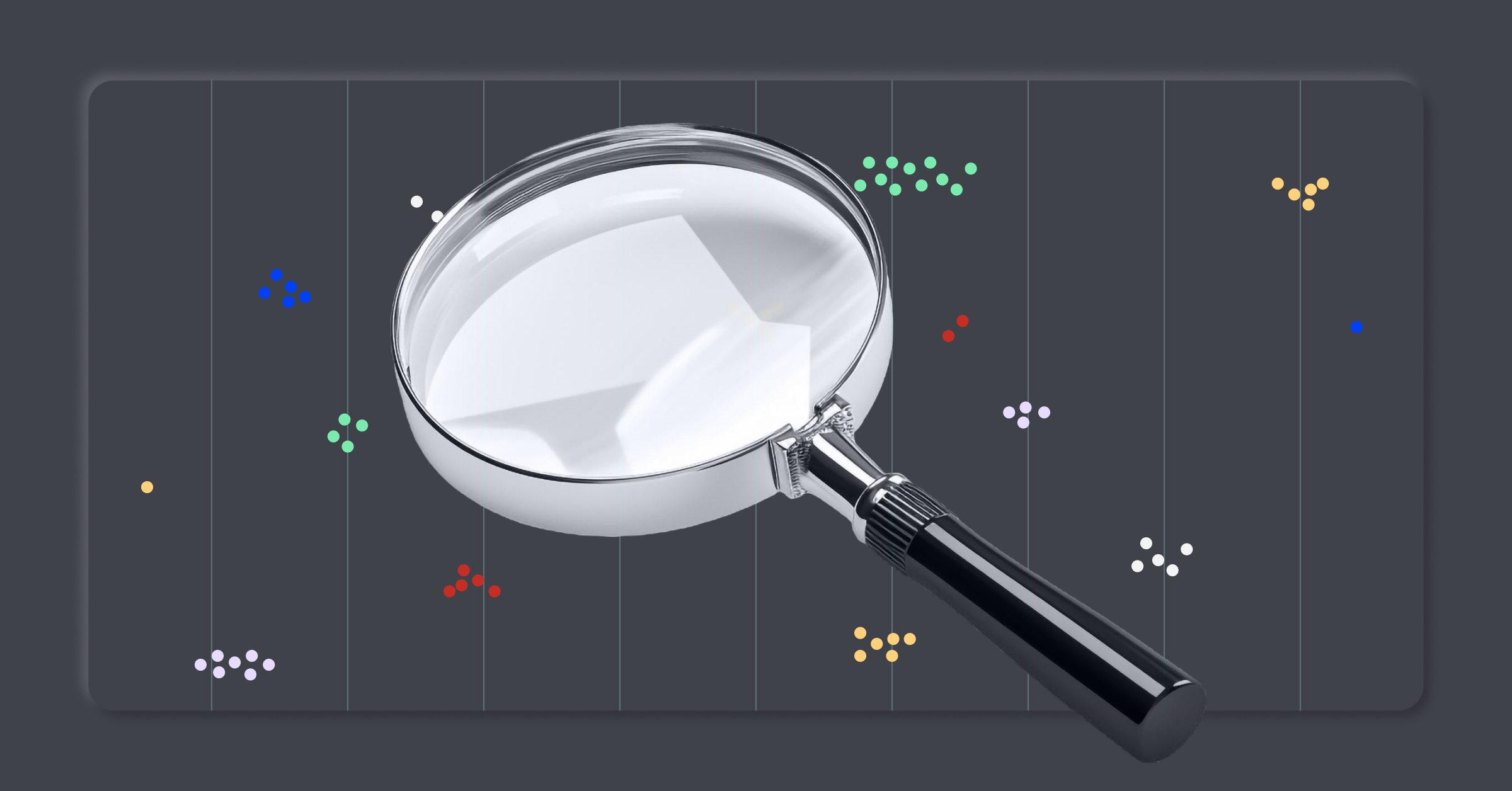Top 5 AIOps predictions for 2024

AI exploded onto the global main stage in 2023, and it could seem hard to read an announcement or article that didn’t mention AI once, if not a dozen times.
Amidst all this hype, BigPanda CEO Assaf Resnick identified a real tipping point for AI adoption: lowered skepticism. “Over the last two or three years, AI has come into the public domain,” he explained. ”AI is driving people’s cars and making their shopping lists, so it’s a lot easier to believe it can also automate my enterprise workloads.”
As widespread adoption of AI continues to gain momentum, many business leaders are left wondering: what comes next? With a new year ahead, it’s a good time to get a perspective on what we think will happen next with AIOps. I connected with Nicholas Hatch, Director of Productivity Engineering Tools at Ciena; Jason Walker, Chief Innovation Officer at BigPanda; and Assaf to glean their insights into the trends that will drive ITOps innovation in the coming year.
You can watch the full webinar or read on for our top AIOps predictions for the coming year.
AIOps prediction #1: The continued rise of generative AI
It’s no surprise that generative AI tops the list. Generative AI extends beyond recognizing patterns, emulating decisions, and delivering responses to generating content, code, and images. For AIOps, some of the biggest gains will come in how we leverage unstructured data — all the bits and pieces that surround what we do — to identify even greater opportunities for innovation and automation.
“Gen AI democratizes who can leverage AI in their professional lives,” Resnick said. “Data scientists are very expensive, and there aren’t a lot of them. With gen AI, you can bring in people who are much closer to your customers.”
Analyst opinions are in line as well. According to Gartner®, “By 2026, more than 80% of enterprises will have used generative AI APIs and models and/or deployed GenAI-enabled applications in production environments, up from less than 5% in 2023.”
Of course, good results from AI are a direct result of the quality and breadth of the data you can supply, which brings us to the second prediction about delivering the context you need to your IT operations environment.
AIOps prediction #2: Increasing AIOps integration
No technology is an island. Your technology stack can’t function as a collection of independent tools managing discrete processes. That’s not exactly ground-breaking news, but not all developers prioritize simplifying the integration of the pieces as they create products.
ITOps teams are effective when they can get a holistic view of the world they need to manage, and the problems they need to solve. AIOps brings greater context to ITOps, as these systems are exceptionally good at gathering and contextualizing data.
“There’s finding the signal in the noise, what’s wrong, and everything else,” Hatch explained. “That’s where we must live in the future.”
AIOps integration will continue to evolve, enhancing the ability of ITOps teams to gain insights, predict potential disruptions, and automate routine tasks. Ultimately this enables these teams to optimize system performance, reduce downtime, and enhance overall IT service delivery.
Integration helps every aspect of IT operations but is particularly important for automation. To automate incident remediation, teams need access to all the available data about an incident, integrated across multiple tools and systems.
AIOps prediction #3: Automating incident management
ITOps still involves considerable manual work, especially at the incident level. Automation can reduce this toil by supporting proactive and efficient incident management. Still, people will always be a vital element, so the question becomes how to increase automation in a thoughtful, balanced way. What elements can you hand off to AIOps to streamline incident management? And where do you need to ensure that people retain control of the outcome?
Automation plays a role in identifying, responding to, and resolving incidents, which helps both reduce downtime and improve system reliability.
“For large enterprises, the limiting factor is the speed of change. How fast can they start to automate tasks using an AIOps solution?” Walker shared. “We’re in a tighter economic environment, which will push efficiency, which will turn people toward automation as a solution.”
This is where organizations can turn to context-aware automation. For instance, if you have a runbook or a series of suggested steps to remediate an issue, you can easily have an LLM convert them into a playbook.
Appropriate trust and keeping people in the loop remain important elements. We recommend putting humans where they can say, “That looks good,” and have reflexive rollbacks, which are necessary safeguards if something goes wrong.
AIOps prediction #4: Jobs and role transformation
The robots aren’t taking over, but as technology evolves, so do the roles people play. AI clearly has the potential to bring more automation into the processes it touches. But in ITOps, the real impact comes down to details —the level of granularity that people have to address. If AIOps can assess issues at a molecular level, people can elevate their focus to more strategic tasks.
“The concept of dedicated teams building shared platforms, shared methodology, shared services for multiple other people — that’s not going away in the large enterprises,” Resnick explained. “The difference is that the mindset is changing. They’re taking more of an “automate first” direction. It’s less about building tools and processes for human management and more about building those tools and processes for automation. That’s one mindset, but whether it’s called ITOps or SRE, it’s still about automation.”
Generative AI is prompting a shift in job roles toward Site Reliability Engineering (SRE) and DevOps models. The increased autonomy and efficiency these provide emphasize collaboration between development and operations teams to ensure seamless integration, continuous delivery, and enhanced system reliability.
Hatch sees automation as a key element of how jobs will transform. From his perspective, it starts with a merging of roles. “We’re going from a data center operator, server administrator, DBA, software developer, network engineer, and IT leader to help manage it all to two positions — software developer and IT leader,” he described. “I’m not hiring administrators or operators, I’m hiring developers that I can teach to run a system if I need to. But ultimately, I want them to automate wherever possible so they can focus on more strategic tasks.”
AIOps prediction #5: Market trends and consolidation
The AIOps landscape is maturing rapidly, and organizations will focus more on using comprehensive AIOps platforms to consolidate functions, including monitoring, analytics, and automation. This trend reflects a more strategic approach to streamline ITOps, reduce complexity, and enhance the overall efficacy of AIOps solutions to meet the evolving needs of IT operations.
Gartner® predicts that “by 2025, 30% of enterprises will have implemented an AI-augmented development and testing strategy, up from 5% in 2021.” For many, it’s about consolidation and reducing sprawl. “I want something in place that allows me to see how my overall system is functioning — how that ecosystem of tools that I’m often spending millions on is actually connected and functioning,” Walker shared. “I want to use every tool I can to get visibility on how that system’s running so I can start to optimize, optimize, optimize.”
Resnick closed our conversation with good advice. “This is the year to think about operationalizing AI and gen AI,” he said. “I think 2024 is the tipping point where we will move from experimenting to bringing an actual footprint in gen AI and AI to market. Get ready to scale it. If you’re not on board, your customers will be.”
Step bravely into 2024
To learn more, watch the full webinar to go into deeper detail about our predictions for AI in 2024.
If you’re curious about how these trends fit into your IT ecosystem, connect with our team for a personalized demo to experience first-hand how BigPanda can enhance your ITOps practice.



